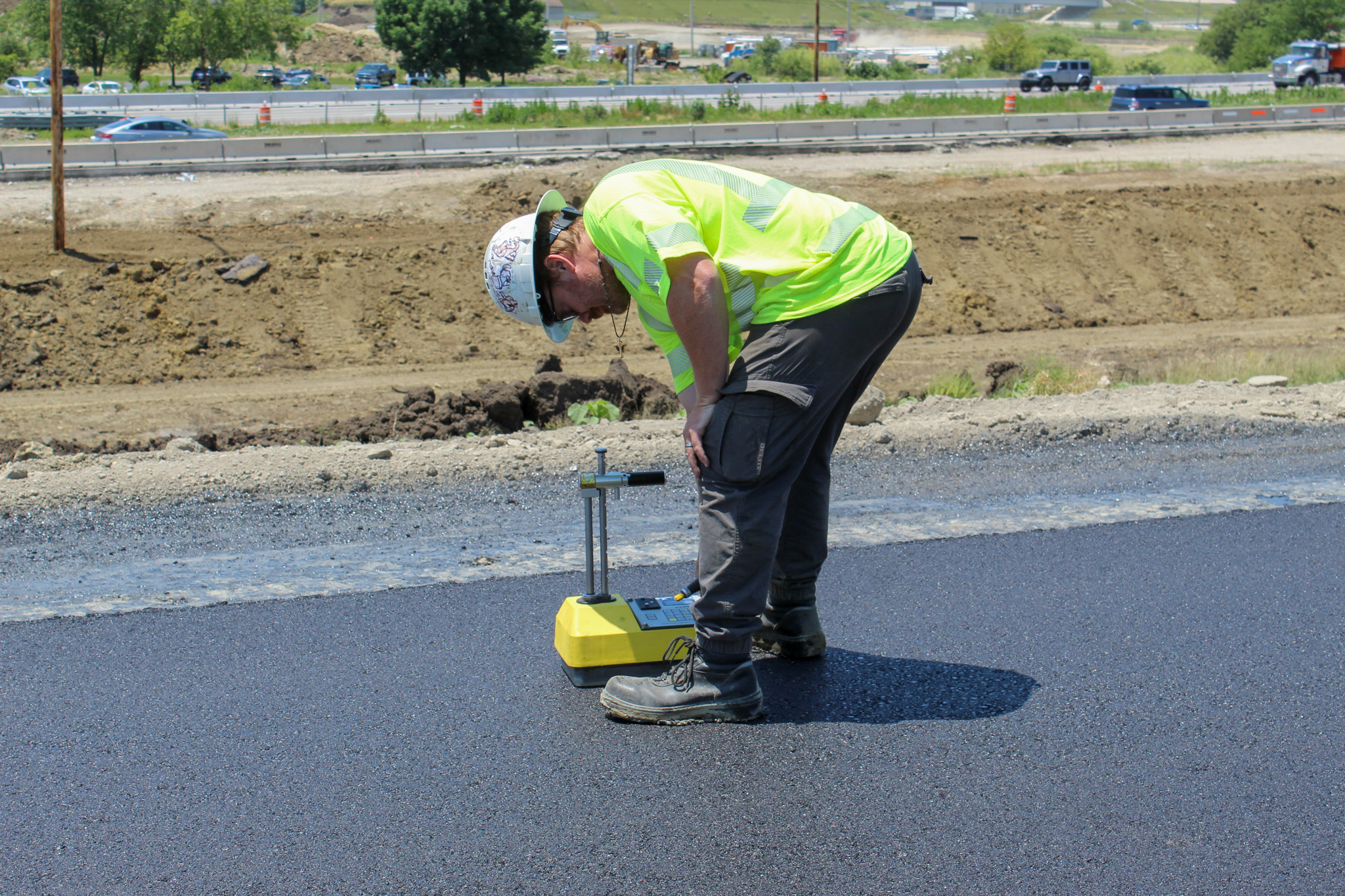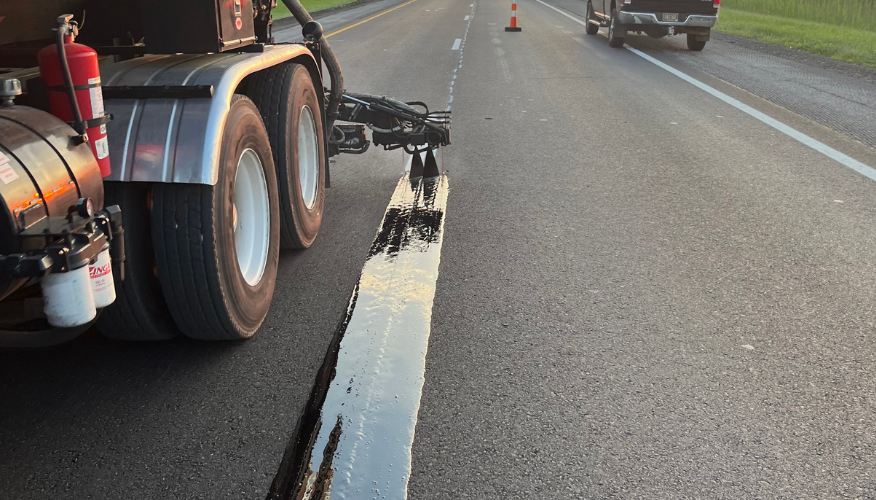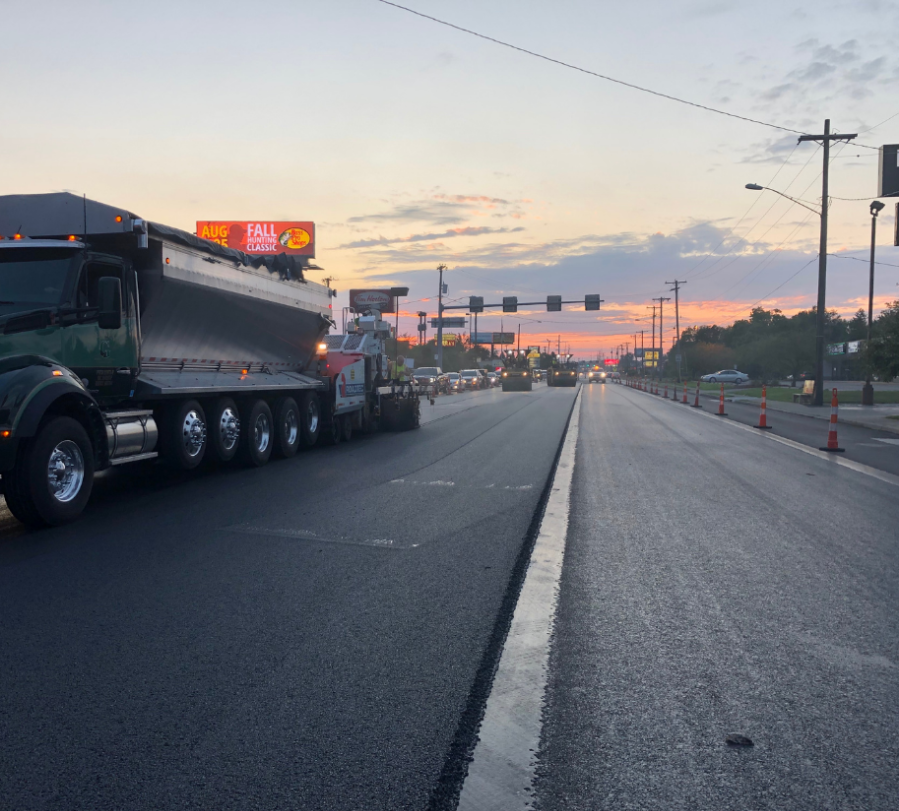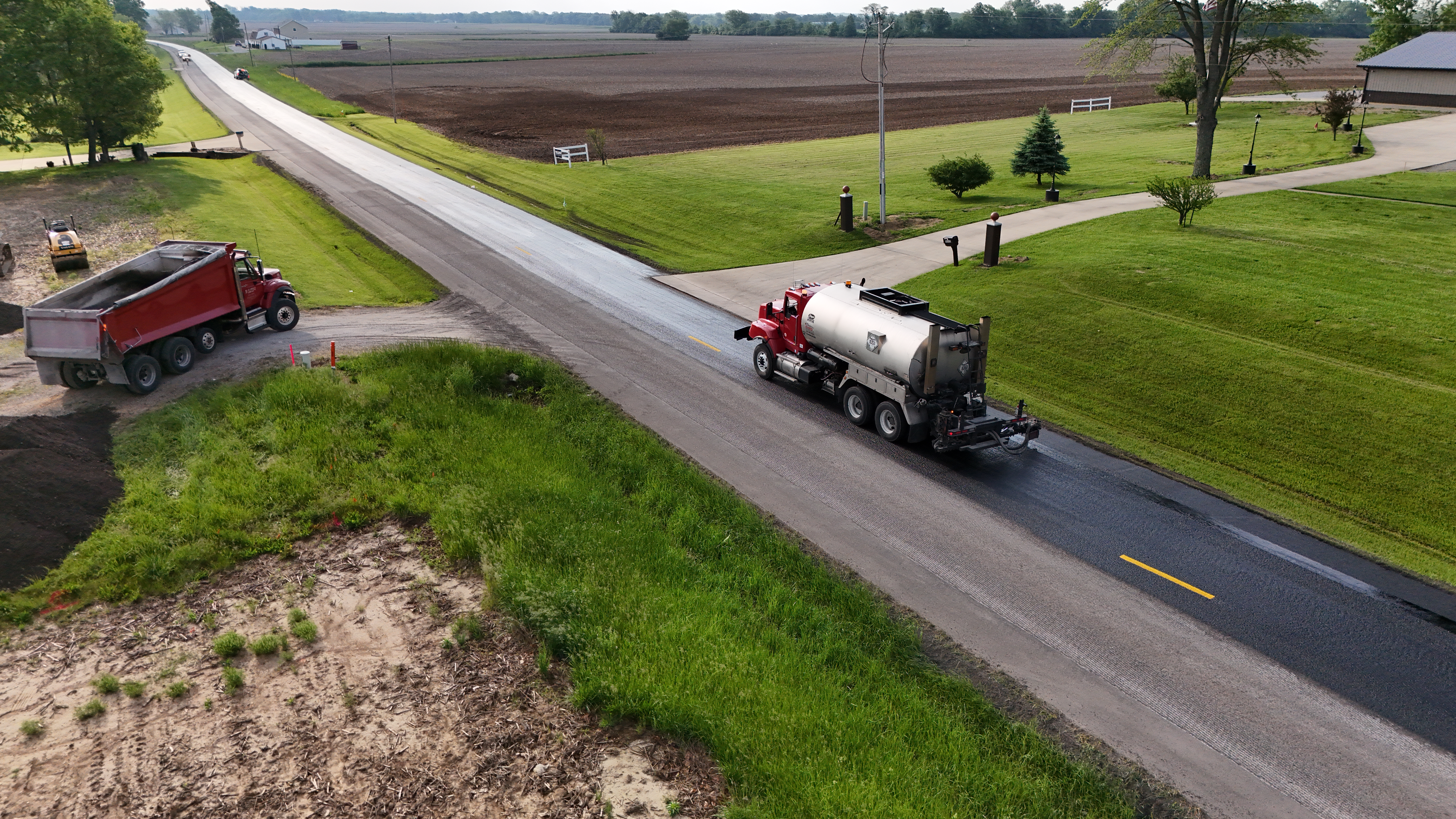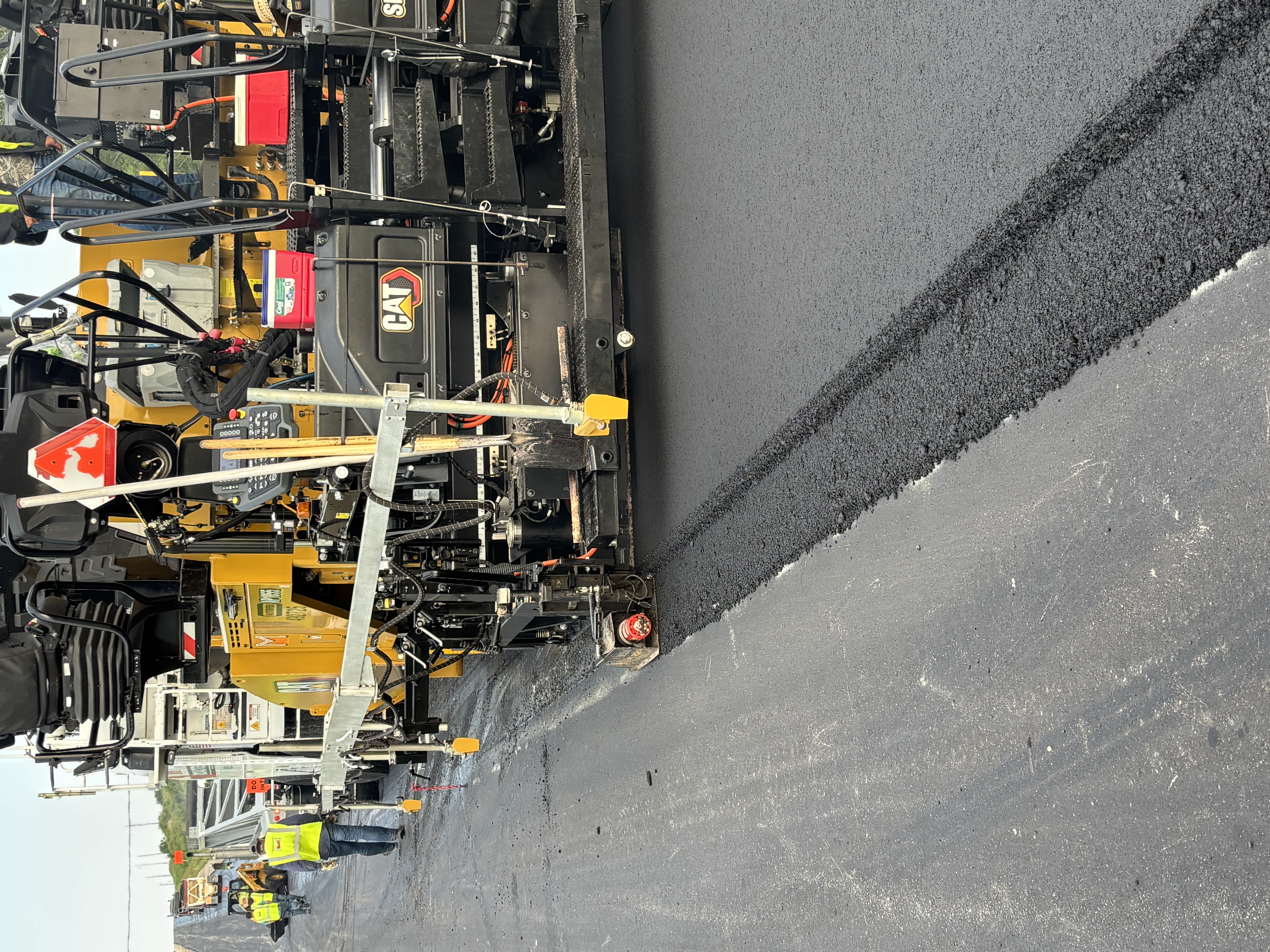Before the Ohio Turnpike was constructed in the 1950s, travel across Ohio was a patchwork of canals, railroads, and roads—each varying in quality and reliability. With the rise of automobiles, state leaders envisioned a superhighway stretching across the northern edge of the state. The result was the Ohio Turnpike—241 miles...

